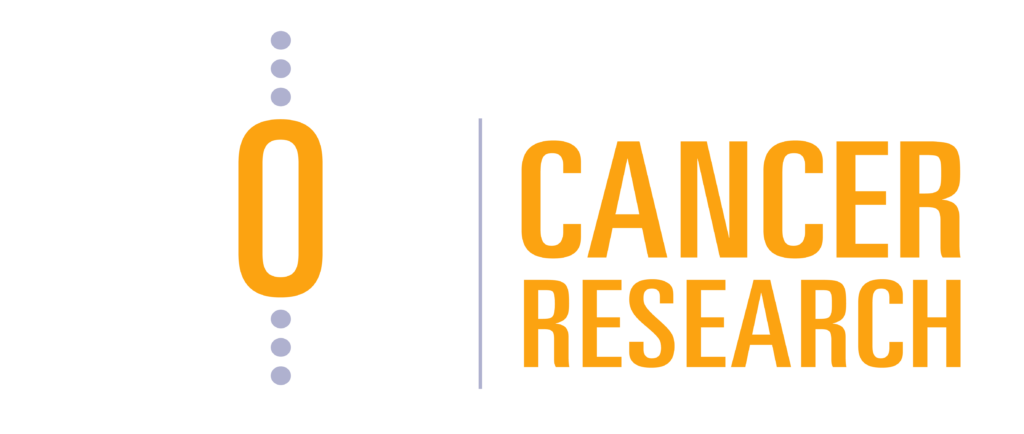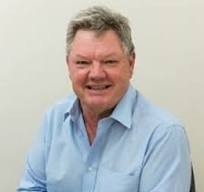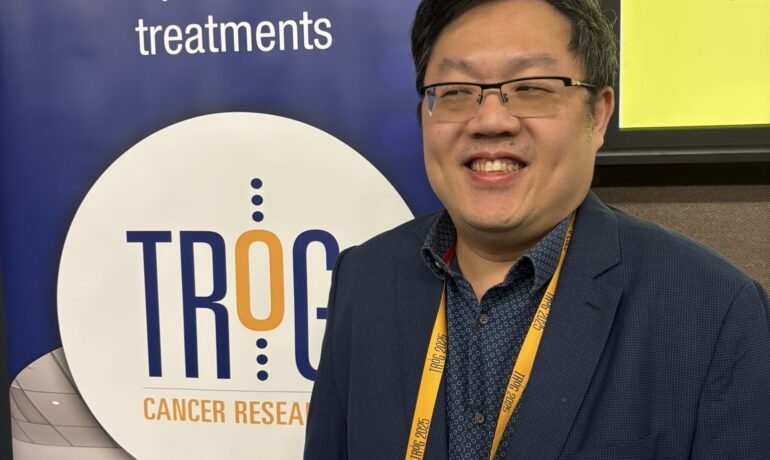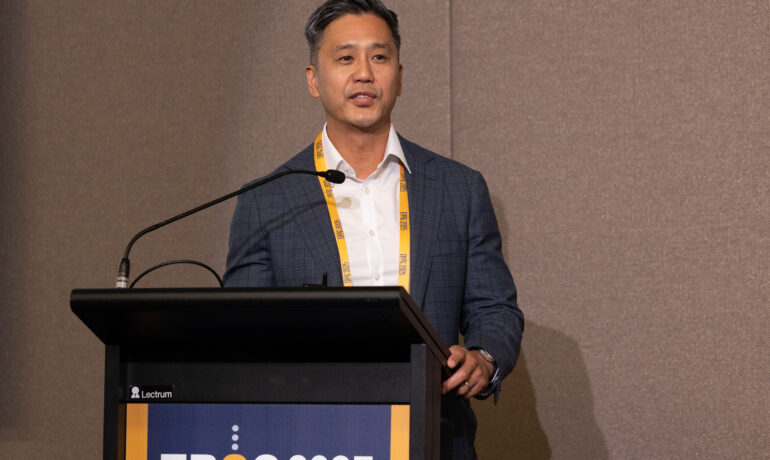INTERVIEW: 9 April 2025
Professor Bryan Burmeister is one of TROG’s longest standing members, who has contributed to our work in a myriad of ways over the past 30 years.
He was TROG Scientific Committee Chair from 2002-2007, Board President from 2007 to 2010 and has led multiple trials. Prof Burmeister was convenor of five TROG ASMs between 1994 and 2014, received the Outstanding Contribution to TROG Award and was awarded Lifetime Membership in 2014.
He recently retired from his clinical role with GenesisCare, but remains Chair of the TROG Independent Data and Safety Monitoring Committee (IDSMC).
In this interview, Prof Burmeister reflects on the impact TROG has had on his long and successful career in radiation oncology, as both a clinician and researcher.
Q: How did you initially become involved with TROG Cancer Research?
A: I started my career as a radiation oncologist in 1989 in Brisbane, Queensland, and was looking for an opportunity to conduct clinical research. I heard about TROG, which had held two meetings at that stage, in 1989 and 1990, both in New Zealand. The third meeting was being held in Queensland in March 1991, so I decided to attend. There were 10 delegates at that meeting, all radiation oncologists from Australia and New Zealand, and the leaders of the group at that time were Professor Jim Denham from Newcastle and Prof David Lamb from Wellington. We discussed seven clinical trials at that meeting, including TROG 89.04, a phase II study of multi-modality therapy involving oesophageal cancer. As there were a lot of patients with oesophageal cancer at Princess Alexandra Hospital where I was working at the time, I ended up taking over as Principal Investigator for that trial. The findings of TROG 89.04 were published in 1995 in the Red Journal.
This spawned the concept for doing a phase III randomised control trial. TROG membership was expanding rapidly at this time, but we felt that in order to maximise the trial accrual, we needed to approach another clinical trials group, the Australasian Gastro-intestinal Trials Group (AGITG).
At the time, TROG did not have strong statistical support. As AGITG was linked to the NMMRC CTC in Sydney, they were able to provide the s statistics support and expertise. In 1994 and we launched TROG 94.01/AGITG IG9401, an RCT comparing surgery alone with concurrent preoperative chemotherapy and radiation therapy followed by surgery for resectable oesophageal cancer. We obtained a $250,000 NHMRC grant to fund the study and recruited 256 participants over six years. I presented the outcomes at the ASCO (American Society of Clinical Oncology) meeting in 2002, and we successfully published the trial in Lancet Oncology in 2005.
The second big field I worked in was melanoma, and I chaired the TROG 96.06 Phase II study of radiation therapy in melanoma, which published its findings in the Green Journal in 2001. This again generated the need for a randomised controlled trial. The TROG 02.01/ANZMTG 01.02 trial of surgery versus surgery plus adjuvant radiation therapy for regional control in patients with resected melanoma was activated the same year. With NHMRC support, that trial recruited 220 participants, and I presented the findings at a plenary at ASTRO in 2009, followed by publication in Lancet Oncology in 2012.
Research achievements like this would not have been possible without the co-operation of other clinicians which was facilitated via TROG.
Q: You’ve been teaching and supervising research at the Faculty of Health Sciences, University of Queensland, since 1997. How did your involvement with TROG help further your academic career?
A: To get an academic title, one needs to have a teaching commitment, as well as a significant number of publications. In addition, one needs to show leadership in your field.
The fact that I was able to chair the TROG Scientific Committee (TSC) and later become President of TROG helped me to demonstrate leadership in radiation oncology research.
As a result of this experience, I was able to pass on my knowledge to junior colleagues and stimulate their research interests.
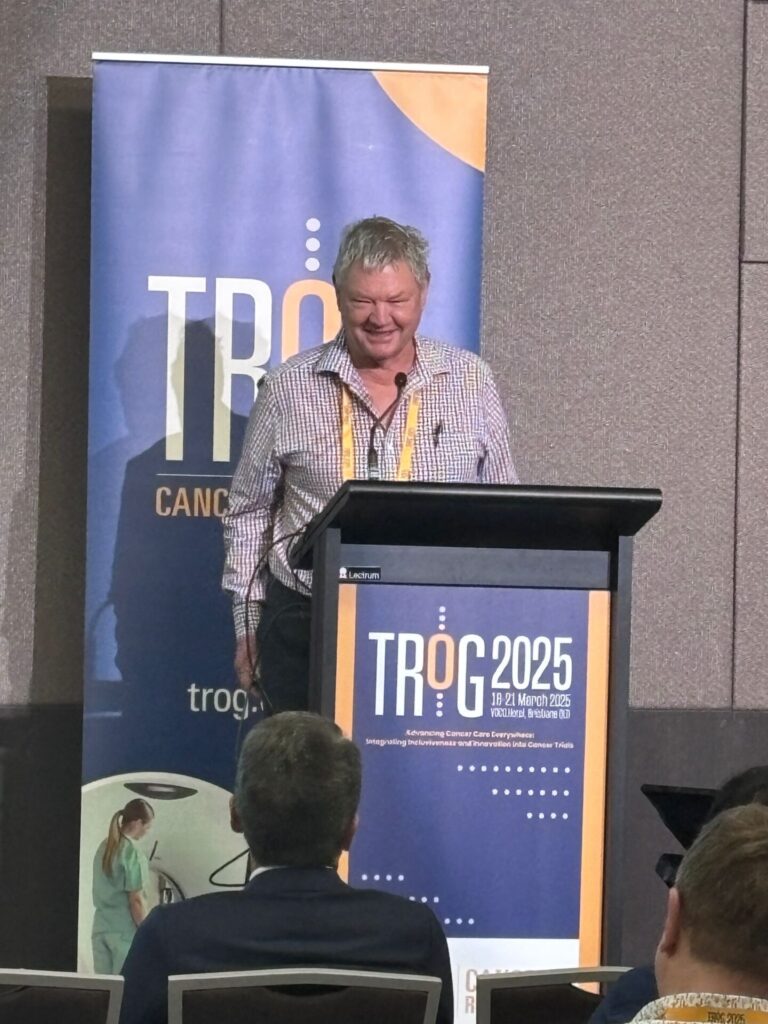
Q: What difference has TROG has made to your research, and radiation oncology research more broadly?
A: The big difference was that through TROG, one can talk to and collaborate with a broad spectrum of radiation oncologists, medical physicists, radiation therapists and statisticians which helps to expediate a research proposal.
In light of Australia and New Zealand’s relatively small population of 30 million people, to achieve all these trial activities and outcomes is very impressive when compared with other countries areas such as the US and European Union.
Q: What is your message to doctors who are keen to progress their careers in radiation oncology practice and research?
A: I want to really encourage young doctors who are keen to develop a career in radiation oncology to get involved with clinical trials groups such as TROG.
Currently, to get into the radiation oncology training program you need to have proven potential. Clinical research can be a powerful springboard, and TROG can play a vital role in assisting that.
TROG has been instrumental in achieving what I’ve done over my career, including my academic title, so as I retire from clinical practice, I want to say a big thank you to TROG and its members.
Related Post
World Lung Cancer Day: Focus on the TROG Lung Working Party
TROG WORKING PARTY IN FOCUS: 31 July 2025 To
Member in Focus: TROG Scientific Committee Chair A/Prof Hien Le
MEMBER IN FOCUS: 29 July 2025 A/Prof Hien Le
